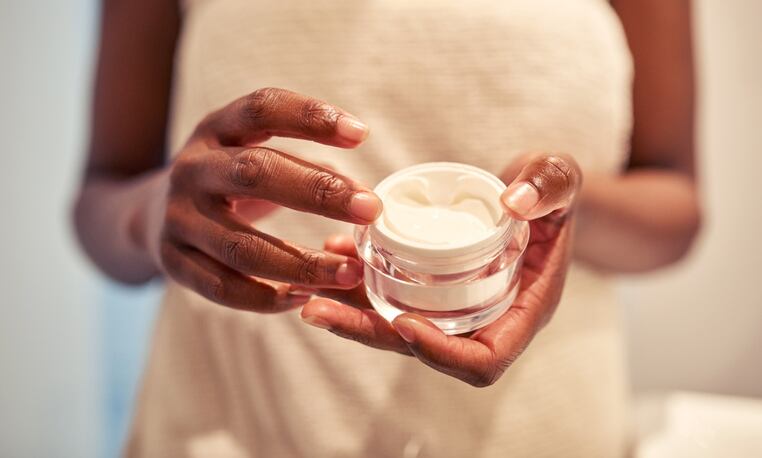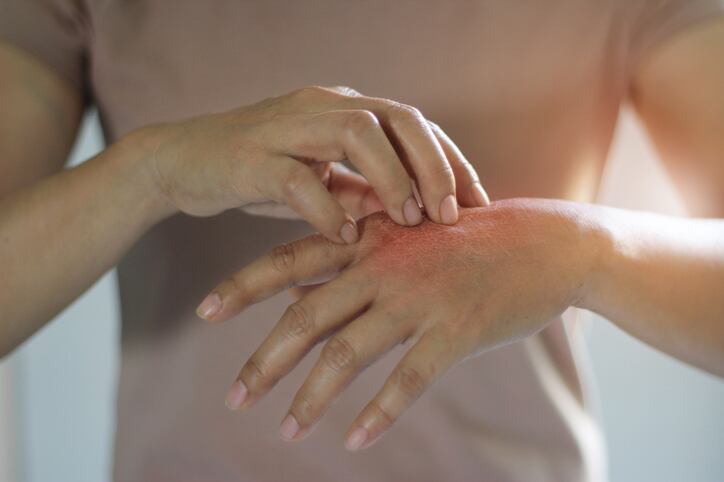On March 14, 2022, the SCCS closed the commend period for its preliminary opinion on the safety of genistein and daidzein in cosmetics. The two isoflavone substances were both typically used in leave-on products, particularly anti-ageing formulas, because the primary functions were antioxidant, skin protectant, and skin and hair conditioning. Both substances were listed in CosIng [the European database for information on cosmetic substances and ingredients] with the reported function of ‘skin conditioning - miscellaneous’.
The SCCS published its preliminary safety opinion on genistein and daidzein following concerns raised relating to potential endocrine disrupting properties, given both substances were phytoestrogen plant-derived compounds – isoflavones.
The SCCS said the aim was to assess the safety of both substances when used in cosmetic products but it had also “taken into consideration” other sources of exposure to the two isoflavones from certain phytoestrogen preparations across cosmetics, food and dietary supplements.
Genistein safe at set levels, daidzein safety levels inconclusive
The preliminary opinion concluded that use of genistein in cosmetic products was safe up to a maximum concentration of 0.007%. However, the SCCS said it was unable to exclude the potential genotoxic effects of daidzein when used in cosmetics because “currently available information is not sufficient”.
The safety assessment had considered mutagenicity/genotoxicity; carcinogenicity; photo-induced toxicity; human data; and conducted a special investigation into the endocrine disrupting potential of both substances.
On mutagenicity/genotoxicity, the preliminary opinion said genistein showed “no evidence for mutagenicity” in the bacterial gene mutation test (Ames tests). One in vitro test had shown positive results for mutagenic potential, but other in vivo tests had given negative results, leading the SCCS to conclude that “genistein does not pose a gene mutation hazard in vivo”.
For daidzein, in vitro bacterial gene mutation studies and in vitro mammalian cell gene mutation studies did not allow firm conclusions to be drawn, it said, and because of inconclusive analysis of certain in vitro and in vivo studies, the SCCS was therefore unable to conclude on the genotoxicity of daidzein, though it did not believe the substance posed a gene mutation hazard in vivo.
“The SCCS is of the opinion that a valid in vitro micronucleus/chromosomal aberration study should be provided with a properly characterised test item,” the preliminary opinion read.
On carcinogenicity, the SCCS said available evidence from published studies suggested genistein was not genotoxic in vivo and did not exhibit a carcinogen potential either. Carcinogenicity data, however, were “not available” for daidzein, it said.
On photo-induced toxicity, the SCCS said submitted information did not include original study reports and was based on a finished cosmetic product of “unknown composition” – with genistein and daidzein levels unclear. The information could therefore not be used to evaluate the potential phototoxicity of the substances. Overall, the SCCS said “no useful” human data had been provided.
On the special focus to investigate the endocrine disrupting potential of both substances, the SCCS said this was because of the ability of isoflavones to interact with oestrogen receptors.
However, it noted that both genistein and daidzein had “weak binding affinities to oestrogen receptor(s) in vitro” and endocrine-related effects in vivo had only been observed in rodents at high doses.
“With the collective view of the available information, the SCCS considers that the toxicological point of departures (PoDs) selected for this assessment (…) also adequately covers the endocrine-related effects of genistein and daidzein.”
Endocrine disruptors and cosmetics
Back in 2020, the European Commission (EC) published its final synopsis report and evaluation of findings from public, stakeholder and SME consultations on current EU assessment and management of endocrine disruptors. The EC ‘Fitness Check’ aimed to establish a coherent EU-wide approach to endocrine disruptors and would help assess whether existing legislation was fit for purpose.
Late last year, the Commission also issued its fourth update to the CMR Omnibus regulation prohibiting and/or restricting carcinogenic, mutagenic or toxic for reproduction (CMR) chemicals in cosmetics, adding 23 substances to its prohibited substances list. The ban came into force at the beginning of this month (March 1, 2022) for substances in all cosmetic products on the EU market, included imported and EU-made goods.




